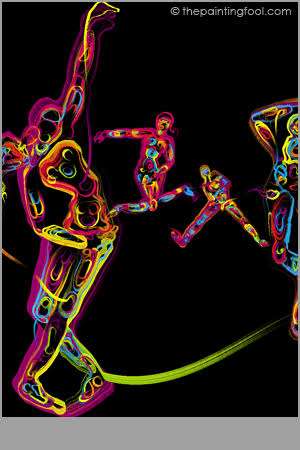MENSKE
Even the standing room only tickets have sold out, and the raging mass of disappointed kids looks like they may start a riot: the atmosphere before Ultima Vez’s performance is akin to a rock concert. Choreographer superstar Wim Vandekeybus’s company has toured the world with their trademark vocabulary of acrobatic, extreme, often violent movement, soaked in multimedia and energetic music. Menske (meaning approximately ‘little human’), their latest work, has all the typical flaws and qualities of classic Vandekeybus. On the conservative end of political intervention, Menske is an explosive concoction of brash statements about the state of the world today, a sequence of rapidly revolving scenes of conflicting logic: intimist, blockbuster, desperate, hysterical. The broad impression is not so much of a sociological portrait, but of a very personal anguish being exorcised right in front of us, as if Vandekeybus is constantly switching format in search of eloquence. Visually, it is stunning, filmic: a slum society falling apart through guerrilla warfare, in which girls handily assume the role of living, moving weapons. A woman descends into madness in an oneiric hospital, led by a costumed and masked group sharpening knives in rhythmic unison. A traumatised figure wanders the city ruins dictating a lamenting letter to invisible ‘Pablo.’ Men hoist a woman on a pole her whole body flapping like a flag. “It’s too much!” intrudes a stage hand, “Too much smoke, too much noise, too much everything!” And the scene responsively changes to a quiet soliloquy. At which point, however, does pure mimesis become complicit with the physical and psychological violence it strives to condemn? Unable to find its way out of visual shock, Menske never resolves into anything more than a loud admission of powerlessness.


